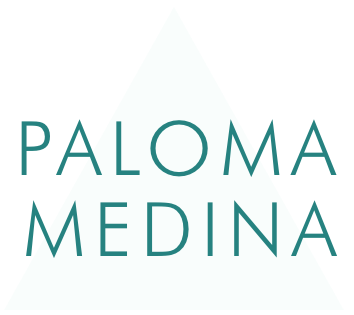For Focus: Go Analog
When you want to strategize, brainstorm, or just think through a tricky problem, you'll want to create an “environment of focus” -- going analog allows you to do that easier, faster.
THE SCIENCE
Research has found that brainstorming or problem-solving using analog writing utensil (pens, markers, pencils) results in more productive thinking than typing or digital tools. In addition, using a phone or laptop means you're likely hearing or seeing alerts and notifications, all things that interrupt brain flow, which results in lower overall brain performance. To get the most of your brain when you're doing creative or complex problem solving, try these three easy steps:
STEP 1
Reduce distractions in your environment: Put your phone on airplane mode and move away from your computer. Even better, choose a space or room where neither of these machines are present. Simply being near our "second brains" has been shown (in early studies) to hamper our cognitive abilities. In other studies, individuals that had a "focus corner" (a place they routinely used for creative or problem-solving work) showed their brains had an easier time diving into said work as soon as they entered that space. If you're able to, identify your own "focus corner", whether it be in your home, your favorite coffee shop, or a quiet nook in your office.
STEP 2
Choose your tools: Use a pen, pencil, or marker that you love using (picking it up should feel like a little reward all on its own). Next, use a notebook, journal, dry-erase wall, or paper pad. Bonus level: Choose a notebook or other "capture device" that your brain trusts, ie you'll be able to refer to it later and are unlikely to lose it. A paper napkin will do in a pinch, but notebooks are best for collecting and storing troves of notes and ideas. Having a hard time choosing a notebook? Come to our Pop Up on August 27th and get help choosing the perfect notebook for your brain and preferences.
STEP 3
Brainstorm or journal for a minimum of 15 to 25 uninterrupted minutes to get the most of your mental power. Any more time than that can result in diminishing cognitive returns, and any less time may not be enough to really build creative or problem-solving momentum.
What are your favorite brainstorm hacks? How do you create focus in a distraction-filled world?

